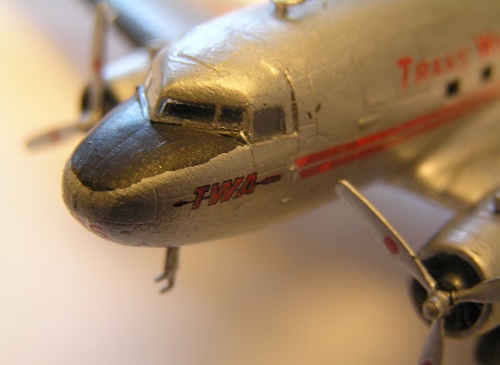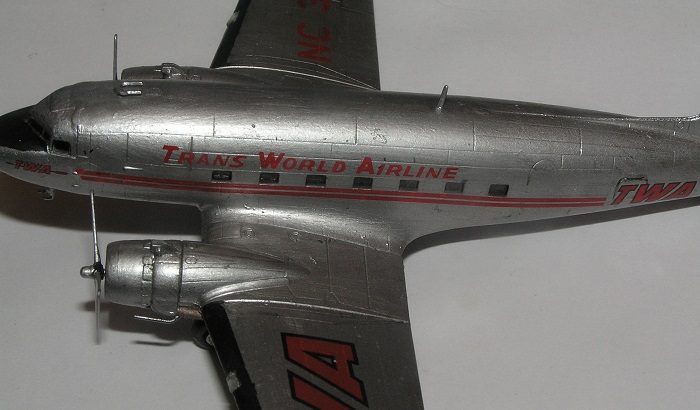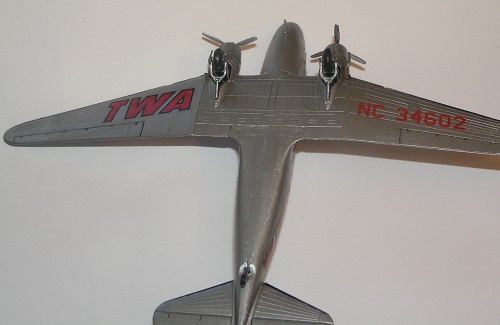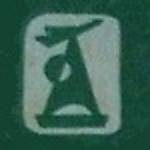
Now the paintjob could have been better, but at this scale it will do, any weathering is very easily overdone.


Two things to note. Beware that the engines are not identical but mirror images of each other, I first managed to glue on the opposite cowlings before I noticed.
And while Roden claims that the singel decal options is "Late 30's" mey limited research points to it being from somewhere between 1946 and 1950. As far as I can tell the company used a differnet logo between and under the war, started using the slogan "The Trans World Airline" in 1945, and in 1950 changed the company name to Trans World Airlines (from the original Transcontinental & Western Airlines

TWA used the DC-3 from 1937 to 1957, so no big mistake... I've been told that the DC-3s used by TWA had the main door on the starboard side of the fuselage, not the port, as the kit has, but I didn't care to fill and rescribe on the other side.

Thank you for looking.

















